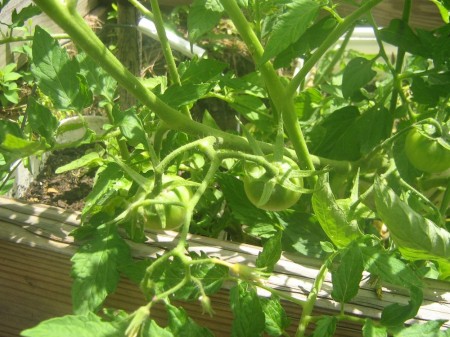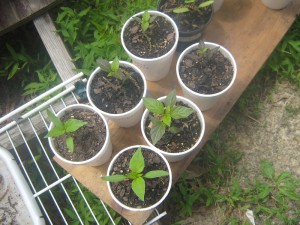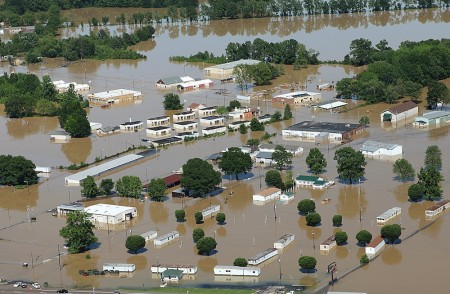
People, kids and adults, are still adjusting to the privacy implications of sharing information online. Not only are we figuring out what to post for the public on social networking websites like Facebook or our blogs, but we’re also deciding what information we want to give to the websites themselves as companies try to tailor a unique online experience for each of us (as with targeted advertising). Laura Holson has an interesting article under the headline, “Tell-All Generation Learns to Keep Things Offline” about how some young adults are scaling back their online sharing as they realize how potential colleges and employers can use that information, especially negative information.
… people ages 18 to 29 were more apt to monitor privacy settings than older adults are, and they more often delete comments or remove their names from photos so they cannot be identified. Younger teenagers were not included in these studies, and they may not have the same privacy concerns. But anecdotal evidence suggests that many of them have not had enough experience to understand the downside to oversharing. – Holson, 2010.
Sharing is a way to increase transparency, which is often a good thing. Learning more about each other may help create a more peaceful world. But privacy can be equally important. We all make mistakes, say things we should not, do things we shouldn’t, especially when we’re young. When we recognize those mistakes and learn from them, there should come a time when they are not held against us.
The web needs a statue of limitations, say five years, so anything about us on the web that’s older than five years should not count. Or perhaps, just as minors can’t be held fully responsible for their actions under the law, non-adults should be held to a different standard on the web.
It is, however, notoriously difficult to erase anything from the web, and I tend to be quite conservative when it comes to sharing things online. Yet the greatest power of the internet, I believe, is that it is based a philosophy similar to the constructivist approach to education. In education the student is constructing their own learning, whereas on the internet, society is constructing and organizing information in ways that look a lot like learning.
So our class Wiki is private, as are our students’ blogs. They provide safer spaces for students to make mistakes, but gives them that essential experience of constructing the internet, not just taking away.










